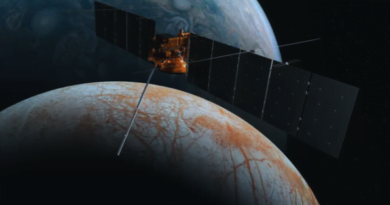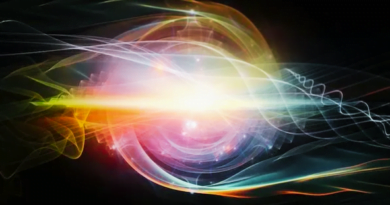The Quest for Fusion Power: 50 Years In – When Will We Succeed?

For the past five decades, we’ve been on the brink of unlocking fusion power. When will this groundbreaking achievement become a reality?
Nuclear fusion power was envisioned as a revolutionary solution, tapping into the potential of smashing atoms to unlock a clean and abundant energy source. The dream was to move away from weapons and harness fusion for a sustainable electricity supply. However, the reality is that achieving fusion power is an exceptionally complex and challenging endeavor. Despite three-quarters of a century of progress, the goal of practical fusion energy remains elusive, with the perennial promise of being “only 20 years away” lingering for the past five decades.
The primary hurdle lies in making the fusion reaction slow, controlled, and extracting useful energy from it. Two major contemporary approaches are pursued for nuclear fusion power. In inertial confinement, lasers induce a brief fusion reaction, and the National Ignition Facility (NIF) achieved “breakeven” in December 2022. The other method involves magnetic confinement, with ITER being a notable project under construction, aiming to achieve breakeven in magnetic confinement.
While NIF made headlines, it’s not designed for electricity generation, and the process is yet to be translated into a viable power plant. ITER faces challenges, including mismanagement and cost overruns, and isn’t designed for electricity generation either. The odds of achieving sustainable fusion power are uncertain, with estimates of a 10% chance in the next 20 years, 50% in the next century, 30% within the subsequent 100 years, and a 10% chance of it never materializing.
Fusion power is dubbed a generational challenge, comparable to monumental projects throughout history. These endeavors typically demand involvement over multiple generations, though accelerated progress is possible with substantial resources, luck, and the right expertise, as seen in projects like the Manhattan Project and moonshot initiatives. Unfortunately, when given the choice between nuclear weapons and power plants in the mid-20th century, the focus on bombs diverted attention from power plant research. As a result, fusion research, given a lower priority, faces a protracted timeline of roughly a century. Despite the extended timeframe, the commitment is to take the necessary time to ensure success in achieving sustainable fusion power.








